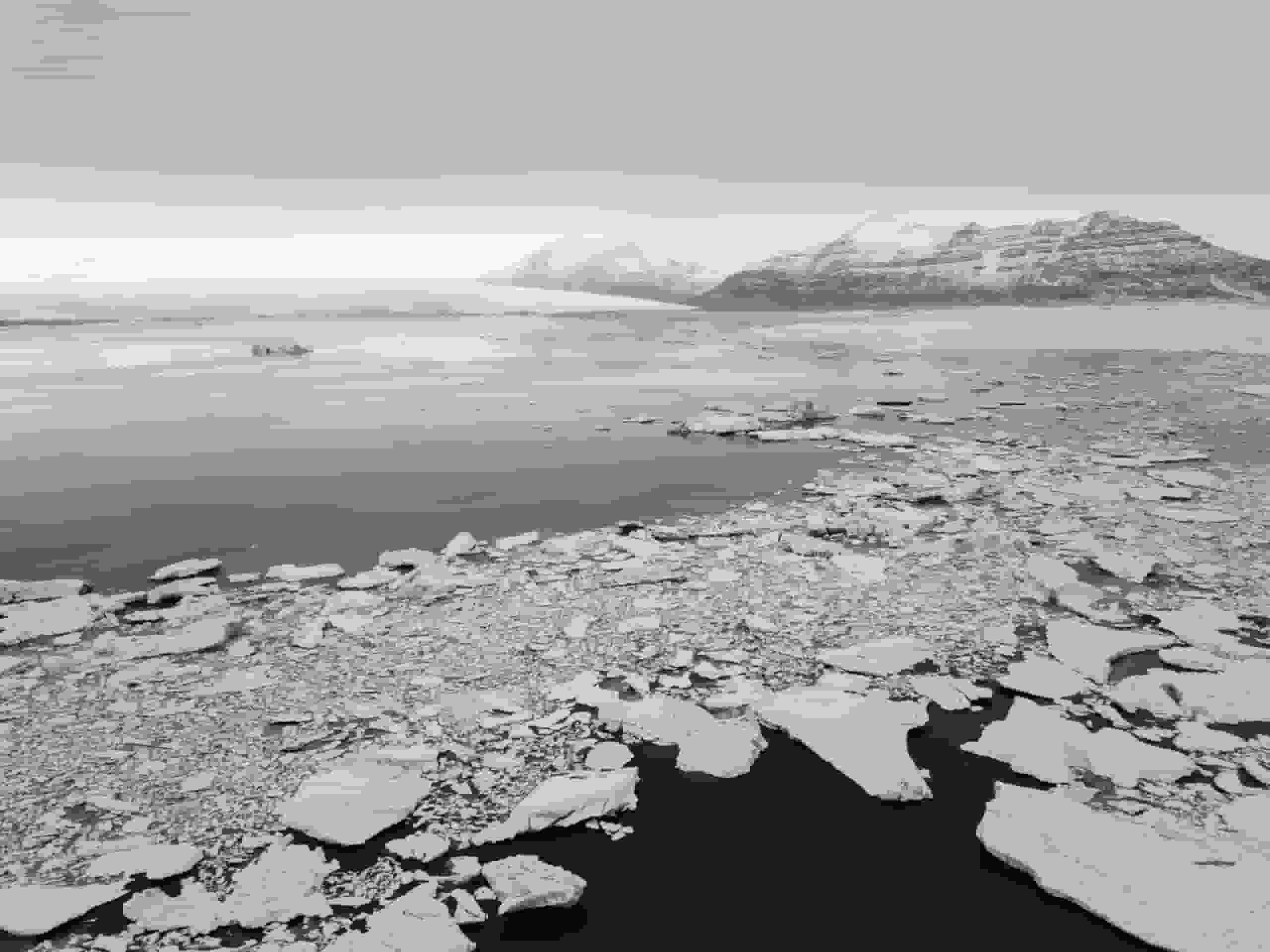
Thwaites Doomsday Glacier in West Antarctica may be retreating faster than originally thought due to mechanisms beneath its floating ice shelf.
A new study uses data from an international expedition and the underwater robot Icefin to provide a close-up look at melting beneath the glacier.
Thwaites ‘Doomsday Glacier’ Melts Faster Than Expected
Melting beneath much of the ice shelf is weaker than projected, but melting in fractures and crevasses is significantly faster, according to observations from where the ice joins the ocean.
This means that, despite minor melting, glaciers continue to retreat rapidly. Two research teams employed an underwater robot and bore deep holes into the Thwaites Glacier in Florida to analyze its melting processes in unprecedented detail.
The International Thwaites Glacier Collaboration discovered that, while overall ice melting is slower than projected, melting in fissures and crevasses and other vulnerable locations is substantially faster. The Thwaites Glacier is dubbed “the Doomsday Glacier” because its disintegration could result in catastrophic sea-level rise.
“Our results are a surprise but the glacier is still in trouble,” said British Antarctic Survey oceanographer and research team member Peter Davis in a statement.
What Is Thwaites Glacier?
Thwaites Glacier is a 74,000-square-mile glacier in West Antarctica (192,000 square kilometers). One component of the glacier juts out into the sea and holds back the rest of the ice mass that is resting on bedrock, preventing it from slipping from land to sea.
Because the Thwaites Glacier slopes down towards the sea, it is especially vulnerable to changes in climate and ocean temperature, which might result in rapid and irreversible ice loss. Thwaites’ collapse would cause seawater levels to rise by about 2 feet (65 centimeters).
This, in turn, could destabilize nearby glaciers, potentially raising future sea levels by nearly 10 feet (3 meters).
Read more: Earth’s inner core, which rotates independently from its surface, is slowing down, scientists found
Risk Of Thwaites Glacier Collapse

The two groups measured ice melt rates and the attributes of the glacier and its surrounding waters by lowering instruments through a 1,925-foot (587-meter) deep hole in the ice and deploying Icefin, a torpedo-shaped underwater robot.
Icefin is especially valuable for studying Thwaites’ grounding zone, the point at where the glacier meets the ocean floor, which was previously difficult to observe.
Thwaites glacier’s grounding zone has receded 8.7 miles (14 kilometers) since the 1990s, making it one of Antarctica’s fastest-changing glaciers. Yet, the mechanisms underlying this retreat remain unknown.
The new data paints a more complete picture of the processes occurring beneath Thwaites, demonstrating that ice in cracks across the glacier is melting swiftly. Melting in fissures and crevasses can be harmful because heat and salt can be transported into the ice as water flows through them.
This can cause the crevasses to widen, resulting in enormous rifts in the ice shelf. Yet, cracks and crevasses were not the only areas of the shelf that saw rapid melting.
Melting ice in these terraces, fissures, and crevasses may become key causes in future ice loss from Thwaites, particularly when major rifts proceed across the ice shelf. This suggests that these features could be the principal cause of ice shelf collapse at Thwaites.
Read more: Michigan State University shooting suspect had a list of further targets

